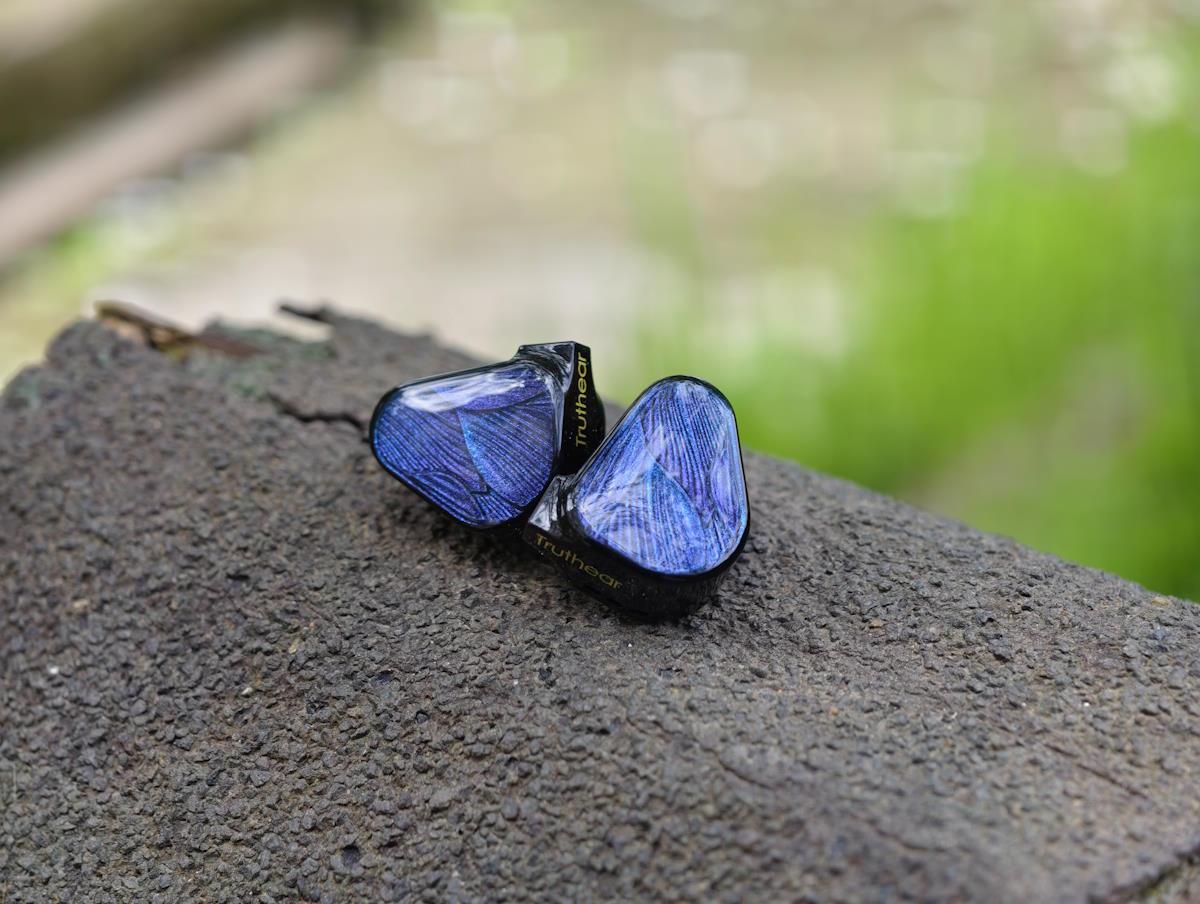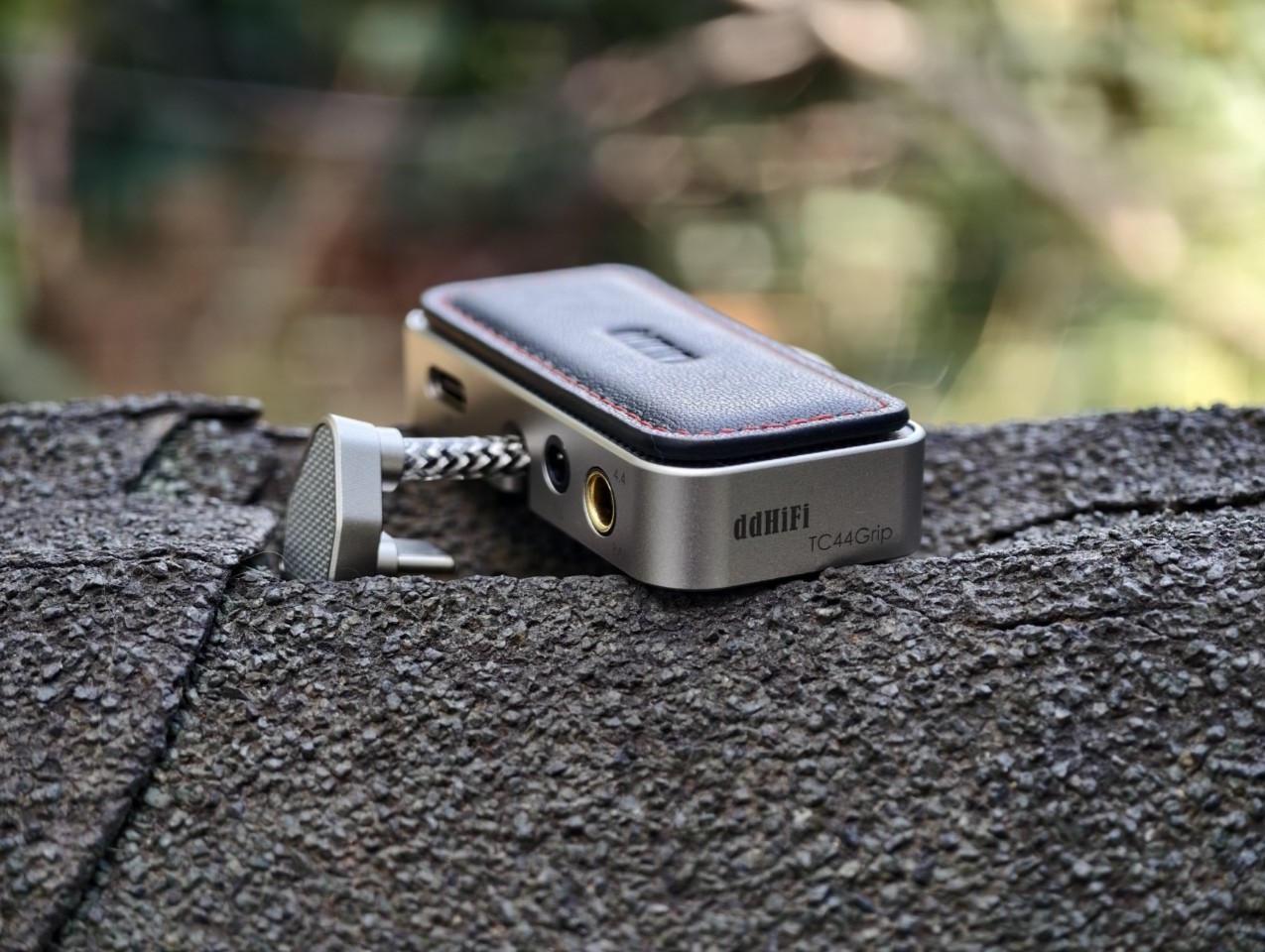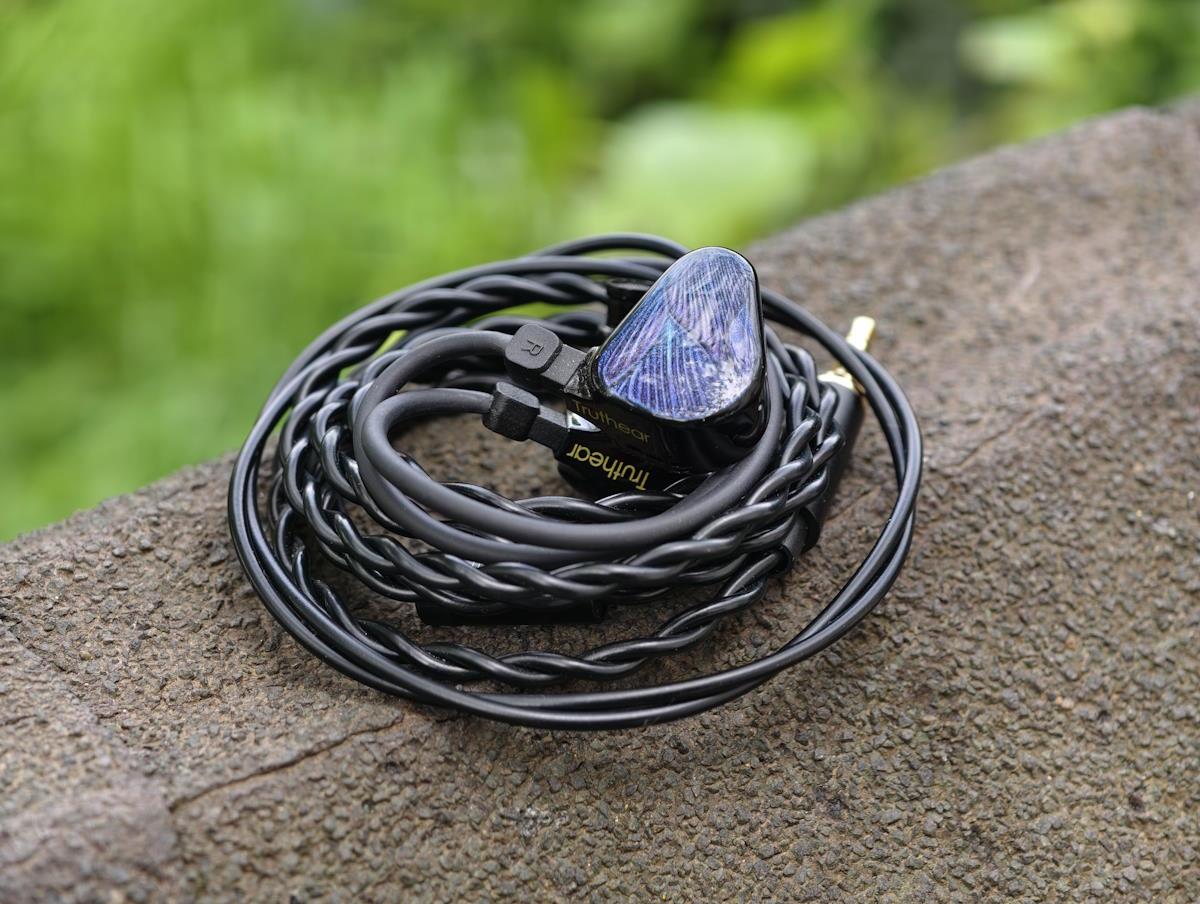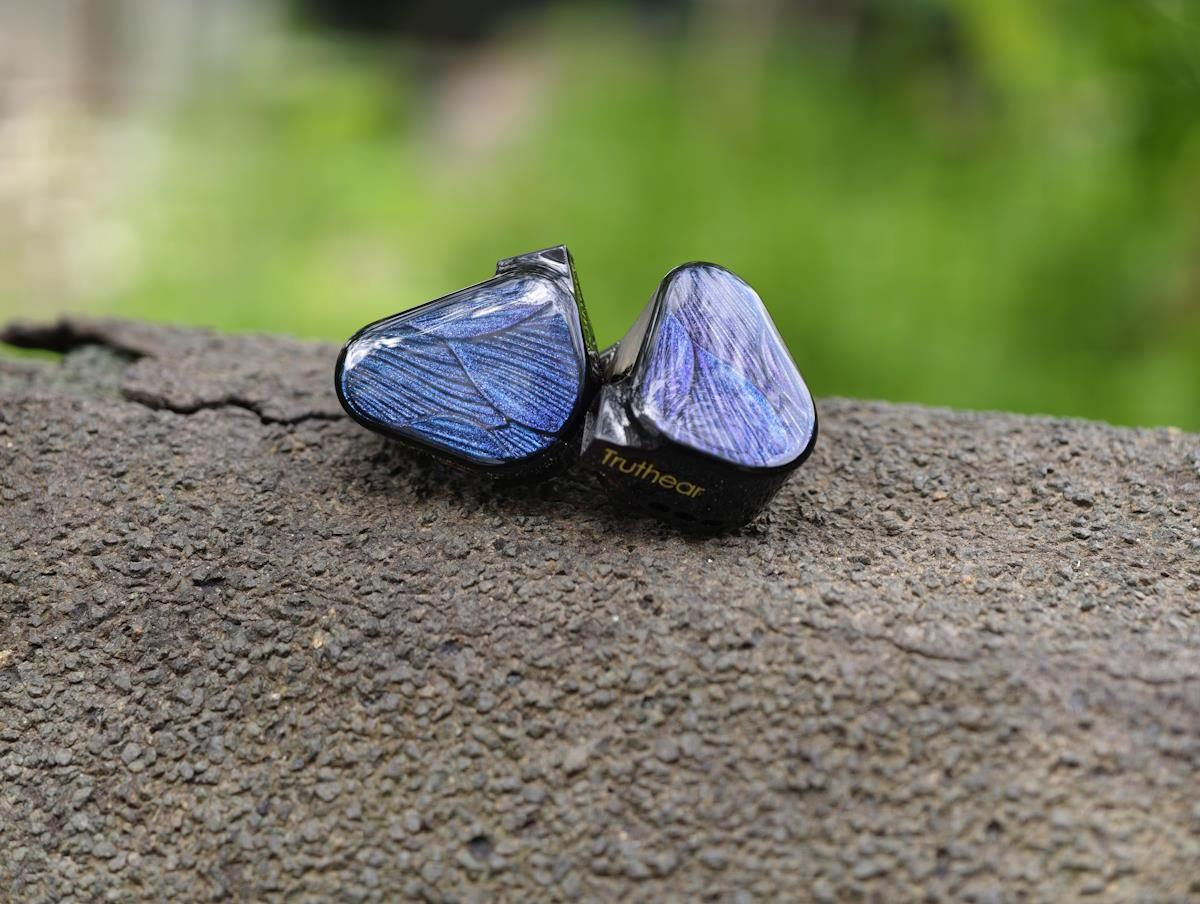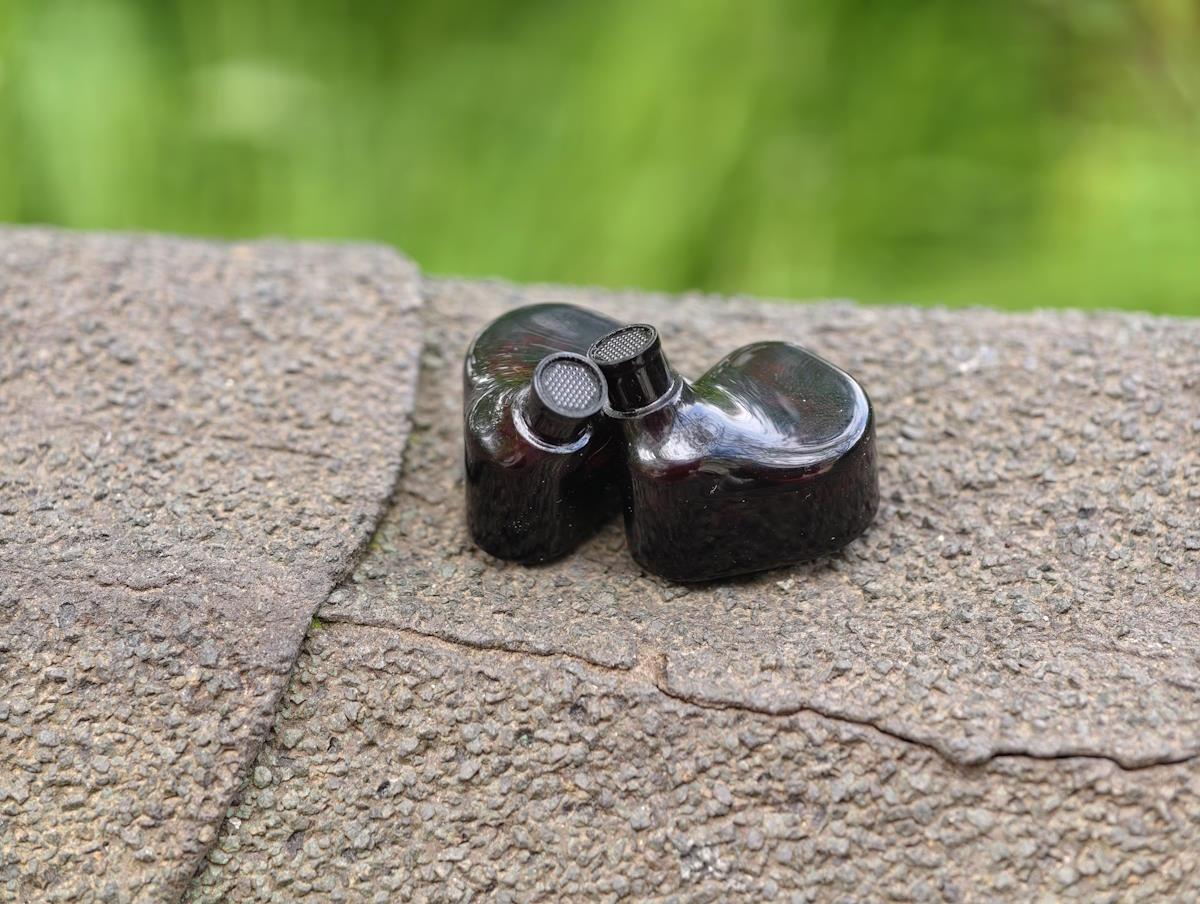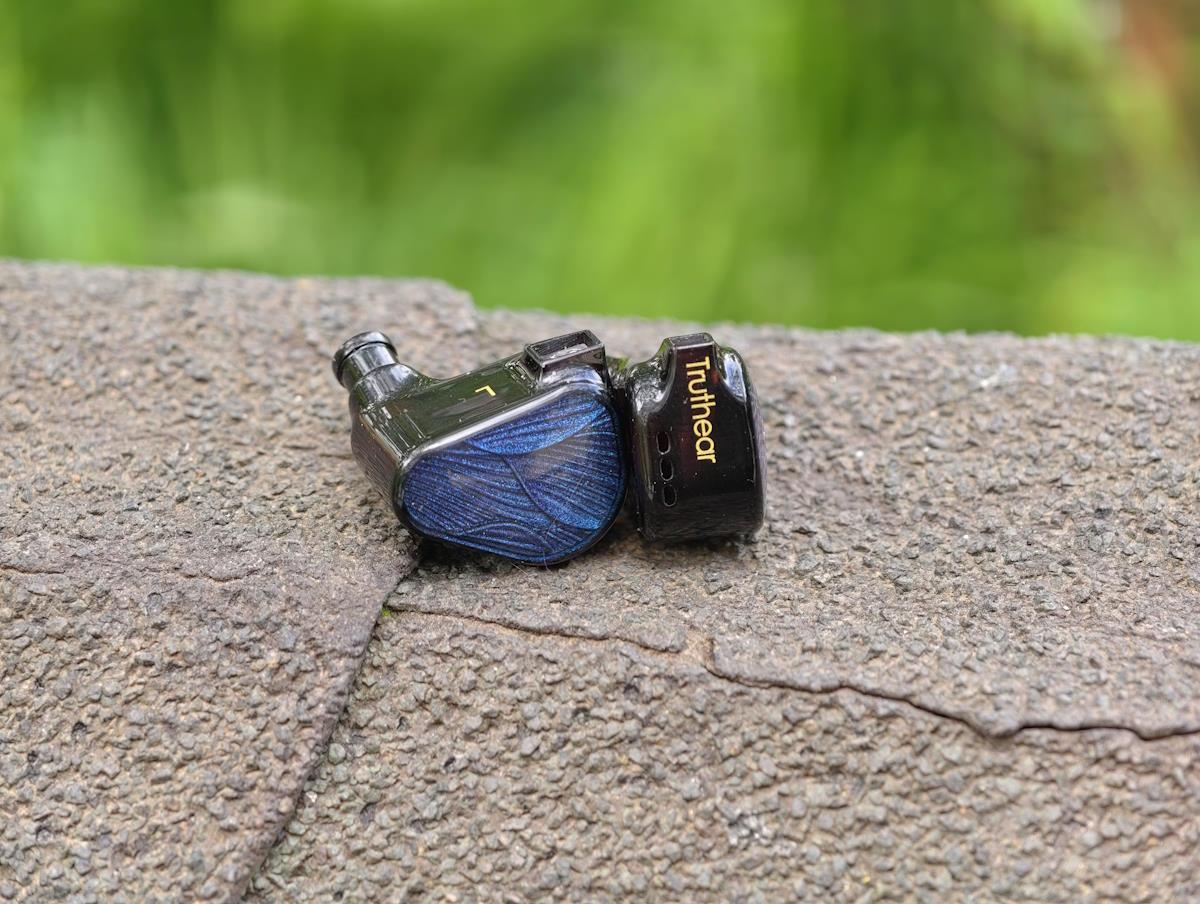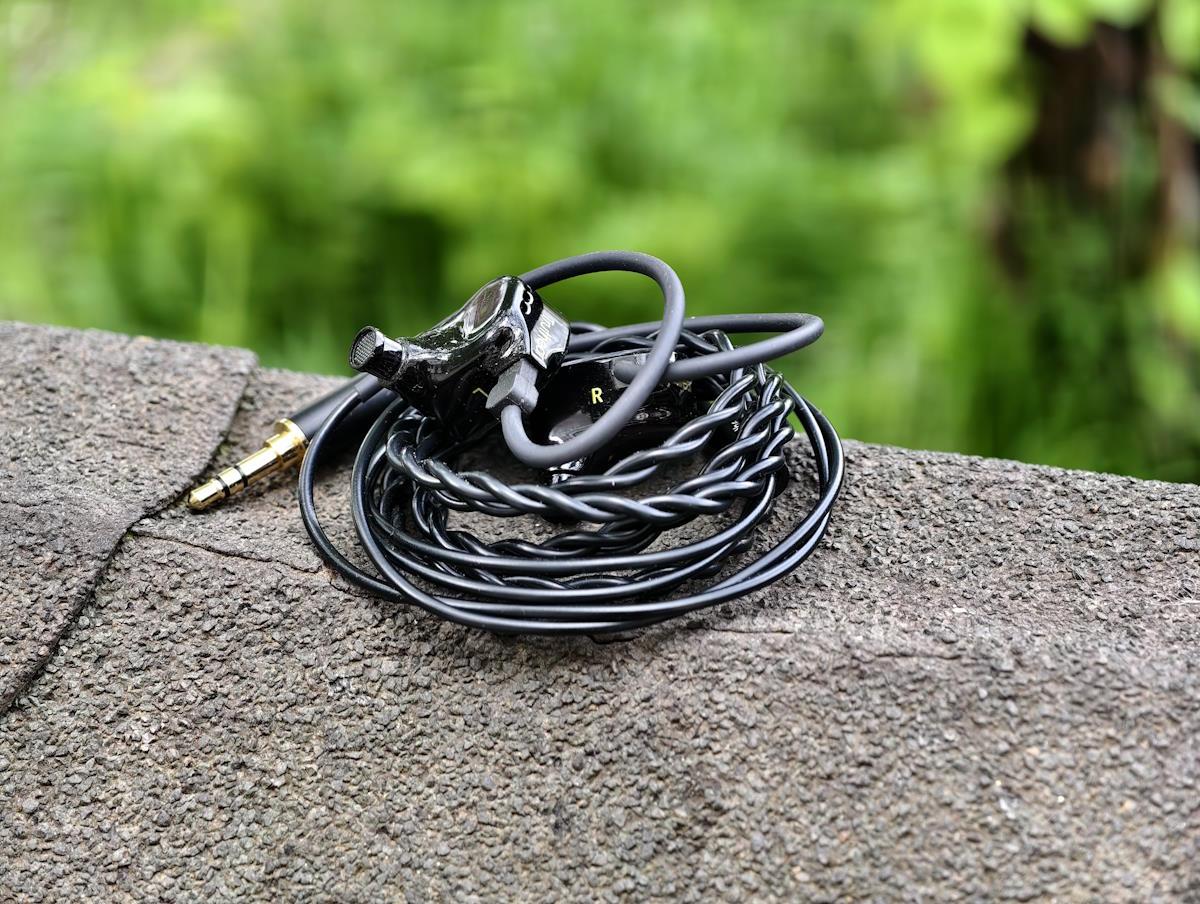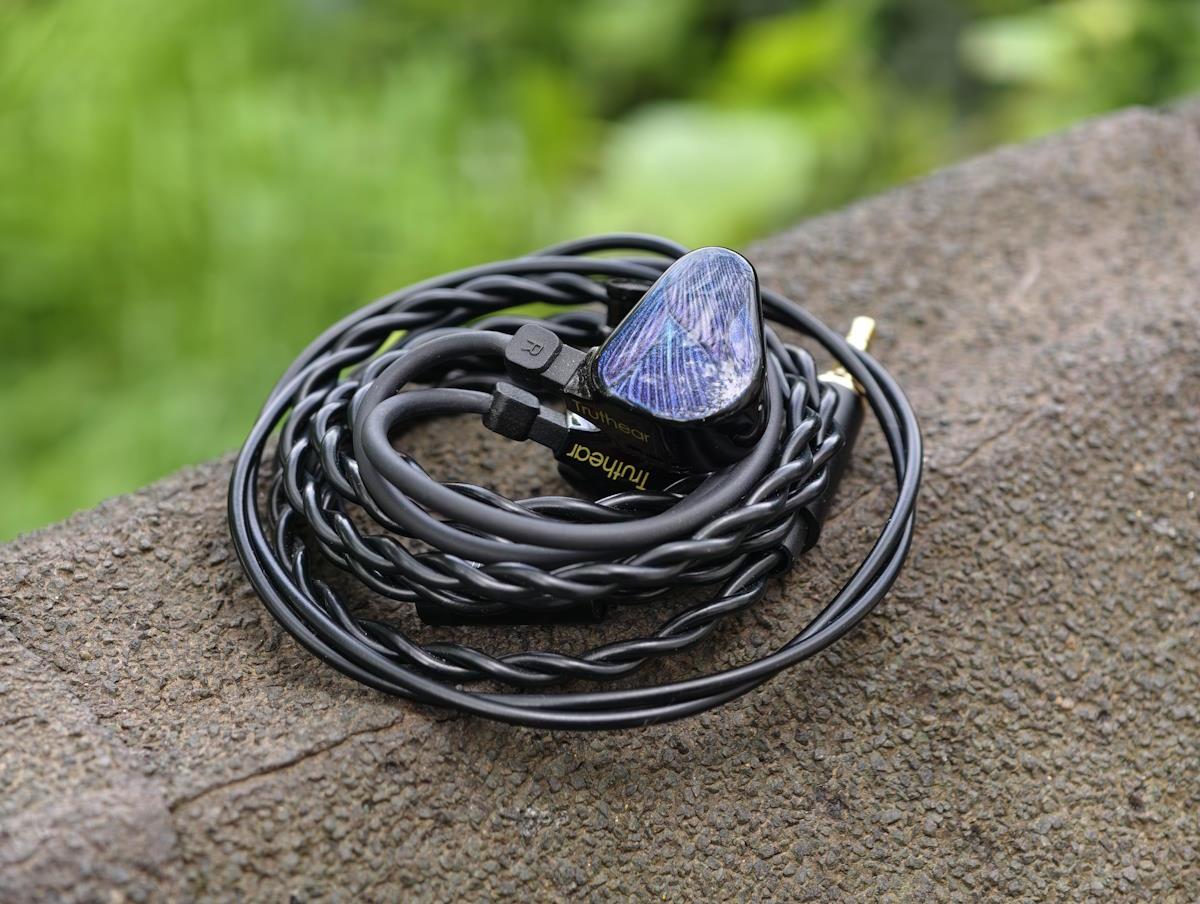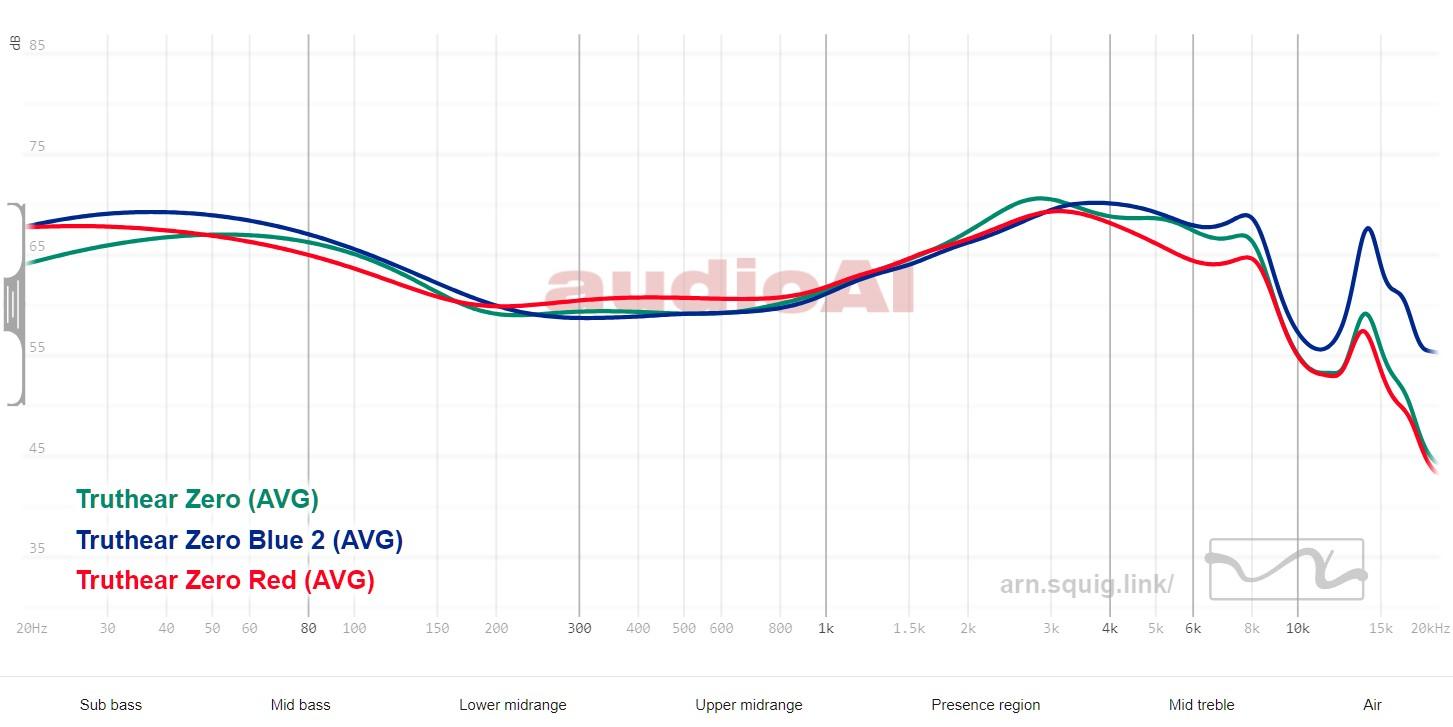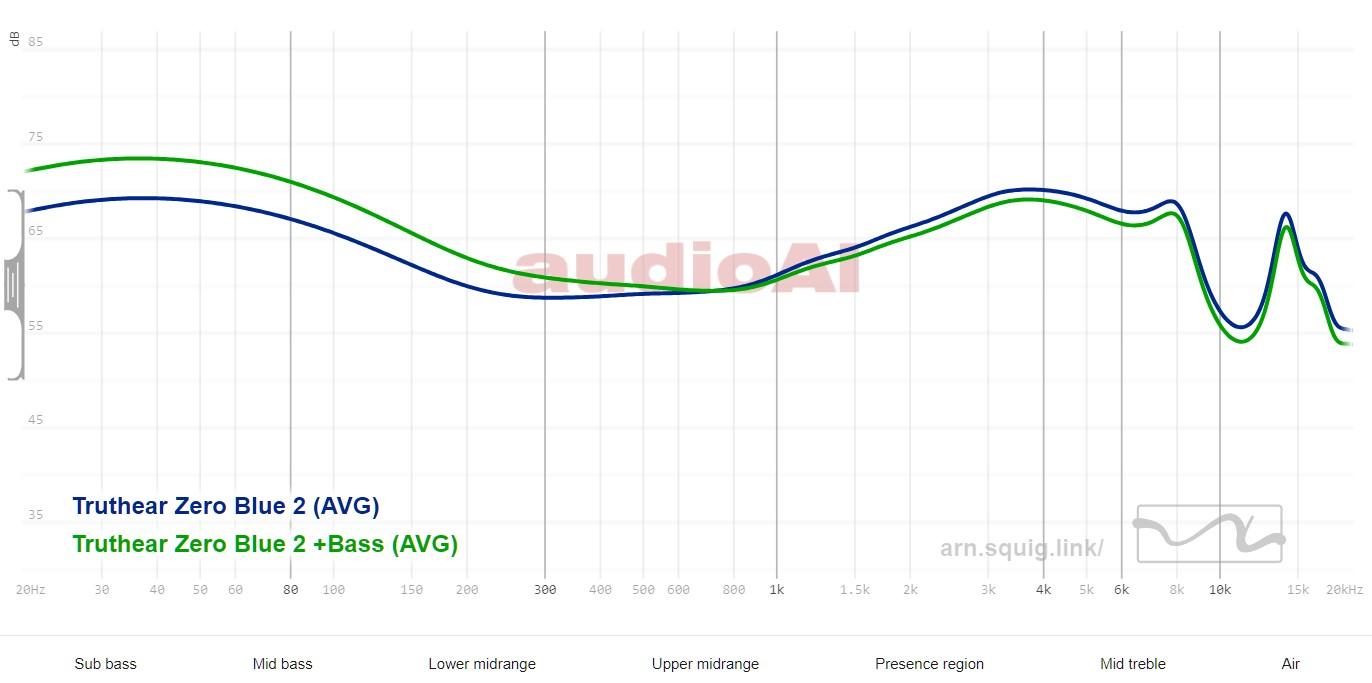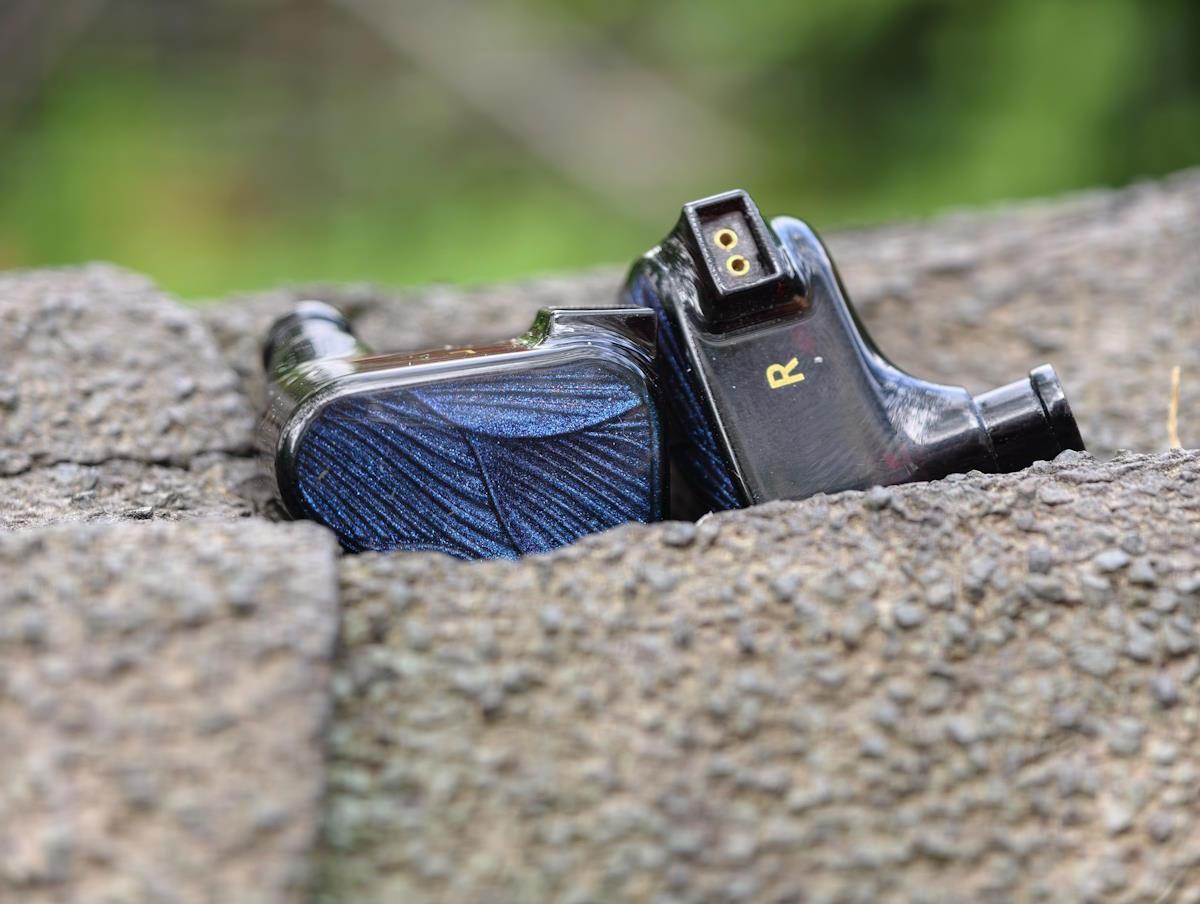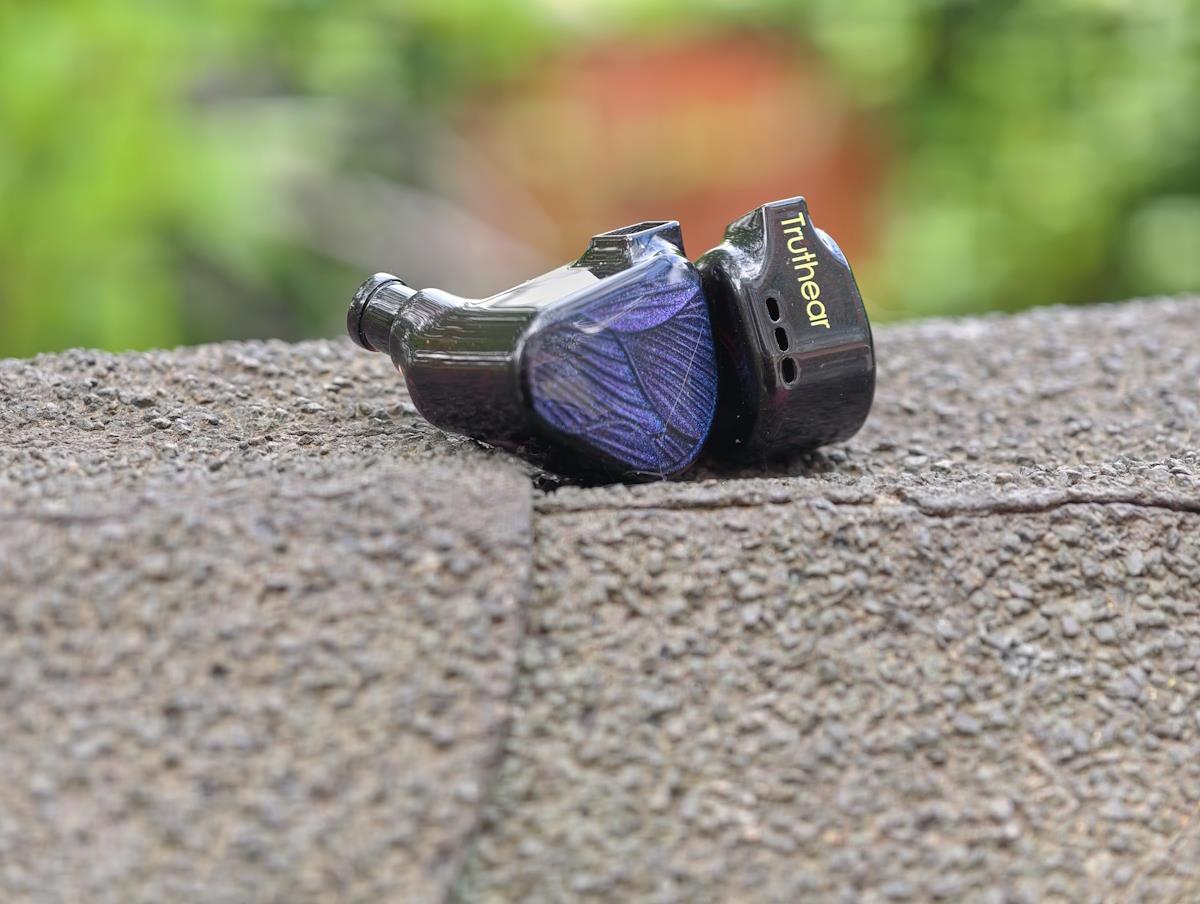TRUTHEAR Zero BLUE2 Review – 3rd Time the Charm?
Like its predecessors in the ZERO series, the ZERO:BLUE2 features dual dynamic drivers. However, the structure of the 7.8mm dynamic driver has been modified, focusing on mid and high frequencies. This driver utilizes a mature internal magnetic circuit structure, incorporating flexible polyurethane material for suspension and an LCP dome diaphragm. Despite these similarities, the internal design is quite different from earlier models.
TRUTHEAR has achieved a significant breakthrough by increasing the diameter of the magnet for the 7.8mm driver by approximately 25%. Additionally, they expanded the dome area by about 50% and improved the high-frequency conductive structure.
Although these changes make the production and processing of this dynamic driver more challenging, they enhance conversion efficiency and greatly improve sensitivity in the upper high frequencies. This advancement not only meets our R&D needs but also results in objectively superior measurements, yielding a smooth, transparent high-frequency response with enhanced extension and excellent resolution.
Furthermore, the 10mm dynamic driver, which handles the bass frequencies, has also received an upgrade. The newly adjusted solid silicone suspension aligns with the liquid crystal dome diaphragm and features an ultra-thin wire diameter voice coil, creating a brand-new bass tuning system. This system employs a low-distortion frequency crossover design similar to that of the ZERO: RED, resulting in significantly improved objective measurements, such as lower nonlinear distortion compared to the original ZERO. As a result, users can expect deeper and punchier bass performance.
Truthear has redesigned the cavity structure and low-distortion frequency crossover circuit based on valuable experience and user feedback from previous models featuring double dynamic drivers. This redesign aims to enhance the dynamic drivers’ conversion efficiency while allowing each speaker to fulfill its respective role.
As a result, the sensitivity significantly improved. The filtered nozzle, accurately printed by HeyGears using high-precision 3D-DLP technology, works in conjunction with a mixed multiple frequency crossover, bringing the objective measurements of the ZERO:BLUE2 closer to the intended design goals.
The R&D goal of ZERO:BLUE2 marks a departure from previous TRUTHEAR products. The aim is to enhance overall conversion efficiency while maintaining excellent performance in both linear and nonlinear distortion.
Non-linear distortion: ZERO:BLUE2 not only meets our anticipated R&D objectives but also outperforms RED in certain frequency ranges regarding non-linear distortion. It delivers a clean background and effectively restores details, allowing for accurate reproduction of musical timbre.
Linear distortion: The frequency response curve targeted by ZERO:BLUE2 is designed to align more closely with public preference characteristics. We have optimized the low bass response (below 50Hz) through various means, ensuring a smoother transition in the mid frequency. The high frequency are closely matched to the amplitude response characteristics of HRTF, maintaining high sensitivity above 10000Hz.
These enhancements have significantly optimized ZERO:BLUE2 compared to the performance metrics of ZERO. In terms of subjective listening experience, it offers a more dynamic and vivid sound than RED, with excellent high-frequency conversion efficiency that reveals the subtle details in recording and mixing processes.
Additionally, ZERO:BLUE2 features highly consistent full-band phase characteristics, effectively eliminating the unnatural listening experience often caused by phase distortion.
The ZERO:BLUE2 incorporates a 0.78mm 2-pin design and comes with an upgraded two-strand high-quality copper and silver-plated coaxial cable. The number of internal wires has been increased further, enhancing sound performance and providing a tangle-free experience.
Moreover, it offers a microphone option that includes not only the two-strand high-quality copper and silver-plated coaxial cable with a 3.5mm single-ended 0.78mm 2-pin connection, but also features an oxygen-free copper mic cable of exceptional quality (same as the mic cable used in the GATE). This makes the ZERO:BLUE2 not just an excellent companion for music and monitoring but also a reliable assistant for calls and gaming.
Specs
Unboxing
Sound
Gear used for testing includes the iBasso Nunchaku, FiIO KA17, and the Questyle m18i. It’s worth noting that, despite what the specs might suggest, I found these IEMs to be a tad more demanding to drive than your typical IEM, even without using the included impedance adapter.
Beyond the individual frequency ranges, the overall sound of the Blue 2 is clear and spacious, which is a definite plus, offering a good sense of instrument separation. Detail retrieval is also above average for this price point.
A short note on the impedance adapter: The included impedance adapter increases the bass quantity significantly but, in my opinion, it takes things too far and compromises the overall clarity. Moreover, it doesn’t address the upper treble issue (see the treble section below), and it makes using the IEMs more cumbersome. The following sound description is based on the IEMs without the adapter.
Lows
An elevated, impactful, and full-bodied bass reproduction. The low end on these IEMs is a highlight. The sub-bass extension is genuinely excellent, reaching way down and giving you that satisfying rumble when the track calls for it. As for the mid-bass, it’s tight and punchy, without getting muddy or overpowering. You can feel the impact here, especially in the subs, but they also create a kind of dark undertone.
The textured and powerful bass contributes to the fun factor of the IEMs. The tuning prevents the bass from bleeding into the lower midsection. The detail level is also good. The bass is controlled, powerful, and quite exciting to listen to.
Mids
This is where things get a little more nuanced. While vocals are brought forward in the mix, they unfortunately lack a certain vibrancy that would make them shine. There’s a bit of dryness to the overall midrange presentation, particularly in the lower mids, and the notes can feel a touch thin.
For instance, when listening to tracks with violins, you get the sense of the strings, but the rich resonance from the instrument’s body seems to be somewhat diminished. It’s like the focus is there, but the energy and fullness aren’t always quite what you’d hope for.
Starting with the lower mids, the sound follows a recipe of linearity. I would easily say that this smart move ensures that the signature stays airy and a general sense of air is present. The overall signature feels quite spacious, as well as the stage and the space between the instruments. The midrange has a linear tonality and features a note weight that is rather on the lighter side of the scale.
Highs
Moving to the higher frequencies, the treble on the Zero:Blue2 is undeniably crisp and present. You get good clarity up top. However, similar to the midrange, the treble notes seem to lack a certain weight behind them. Additionally, there’s a noticeable sharpness and even a hint of brittleness in the upper treble that can become a bit fatiguing during longer sessions or when you bump up the volume.
The treble range follows the bass line, they are a little more pronounced compared to the lower midrange. The second dynamic driver does a good job of reproducing detailed, articulate, and clean treble. The resolution and detail level are certainly impressive for this price range, and the extension is quite satisfactory. The dispersion of extended highs helps stereo imaging and enhances the perception of stage height and width.
Technicalities
The soundstage is one of the strong suits of both IEMs because of their 2-DD structure and tuning. The instruments have accurate positioning with ample space between them and you can easily track individual instruments on the stage. The 3D effect that the wide soundstage brings is there and definitely welcomed by the gamers. Also suits well with movies etc.
Sum-Up
While the Truthear x Crinacle Zero:Blue2 offers impressive sub-bass and overall clarity, the overall tuning of the 3rd version of the Zero line lacks excitement. I was hoping for more of a tuning that aligns between the first Zero Blue and Zero Red.
I was also hoping for a shell design chance for this 3rd version, but again, lack of excitement. Other than these, the Truthear Zero line remains the king of budget IEMs if you are into this kind of tuning (%90 of the world does).

